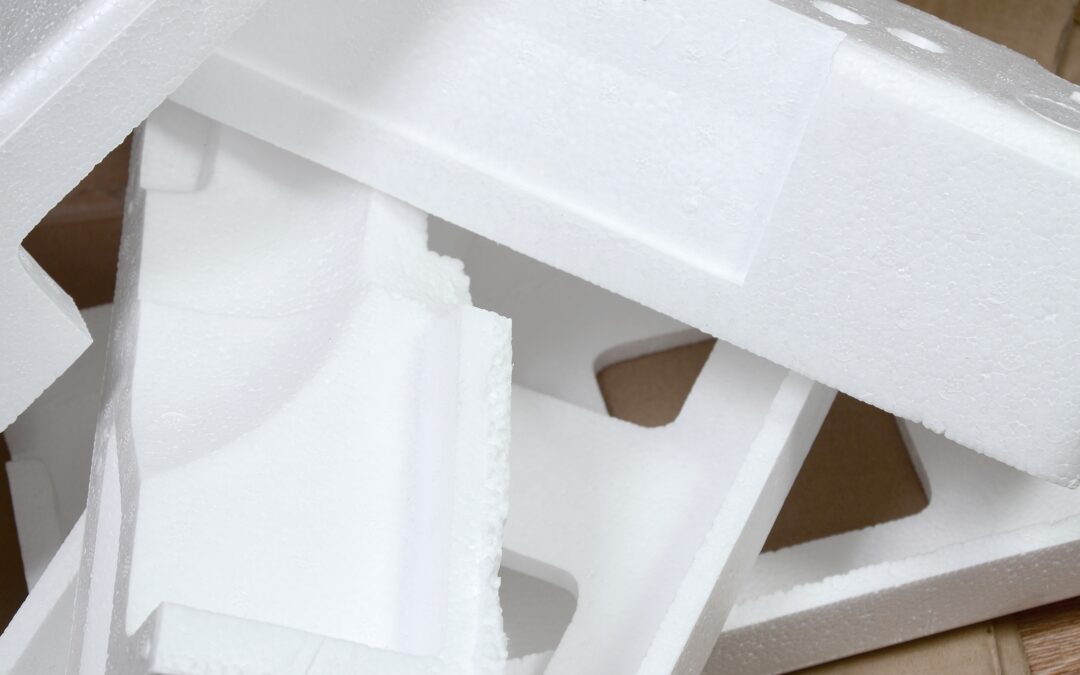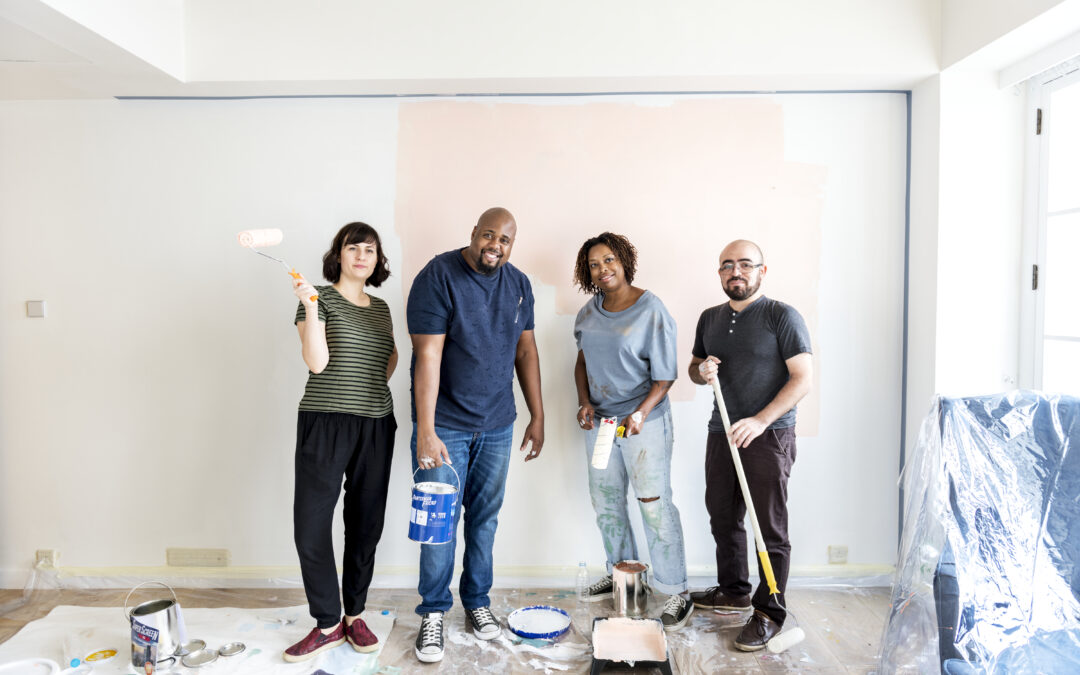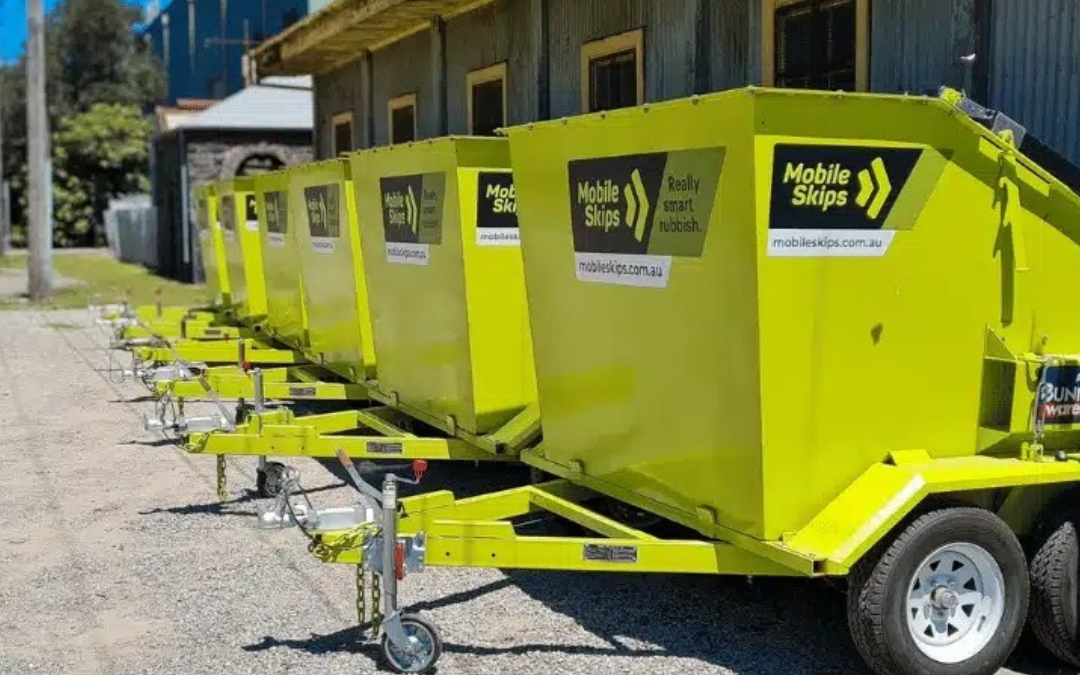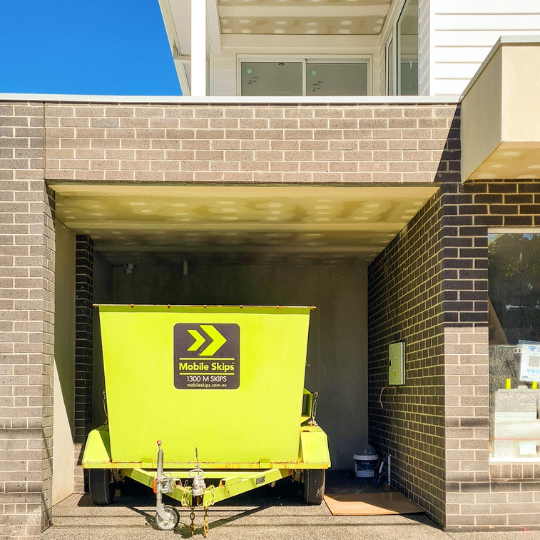Benefits of Decluttering
Decluttering isn’t just about cleaning up; it’s a game-changer for your mind and daily life.
Stress Reduction
Got stress? Clutter might be the culprit. Living in a mess can make you feel like you’re drowning in chaos. Can’t find your keys? Frustrating, right? Decluttering helps you breathe easier by creating a calm, organized space.
A messy home can also make you feel guilty about all that stuff you never use. By clearing out the junk, you clear your mind too. According to Mather Hospital, decluttering saves time, cuts stress, and lets you focus on what really matters.
Want to keep your home clutter-free and stress levels low? Try simple habits like the “ten-second tidy.” Just a few seconds each day can keep the mess from piling up and your anxiety in check (Utah State University Extension).
Productivity Boost
A clean space means a clear mind. Clutter can distract you, making it hard to focus. When you declutter, you free up mental space too, helping you think better and work faster.
Imagine not wasting time looking for stuff. A tidy home means more time for things that matter. Plus, decluttering can make you feel like a boss, giving you a sense of control and accomplishment. This boost can make it easier to tackle your to-do list with energy and determination.
For more tips on how decluttering can make you more productive, check out our decluttering and productivity guide. It’s packed with strategies to keep your space tidy and your mind sharp.
Decluttering isn’t just about cleaning; it’s about creating a stress-free, productive life. For more tips and tricks on decluttering your home, explore our guides. They’ll help you turn your home into a peaceful, organized haven.
Mental Health Perks
Turning your home into a clutter-free zone isn’t just about aesthetics; it’s a game-changer for your mental well-being. Let’s break down how clearing out the junk can clear your mind too.
Chill Out
Decluttering isn’t just about making things look neat; it’s a form of self-care that can seriously dial down your anxiety. When you toss out the stuff you don’t need, you’re creating a space that lets your mind breathe. Studies show that a messy home can crank up your stress levels, leading to anxiety. By decluttering, you’re taking charge and making your home a stress-free zone.
Try simple tricks like a quick “ten-second tidy” every day to keep the mess in check and avoid that overwhelming feeling (Utah State University Extension). Keeping your space tidy can help keep anxiety at bay and give you a clearer, more relaxed mind. Check out our decluttering and mindfulness tips for more ways to make this a habit.
Confidence Kick
Getting rid of clutter can also give your confidence a serious boost. When you take control of your space, you feel more capable and proud of your home. This sense of accomplishment can lift your self-esteem. Research shows that women who described their homes positively had lower levels of the stress hormone cortisol, linking a tidy space to a better self-image (WebMD).
Spending time to declutter your home not only makes it look good but also shows you the effort and care you’ve put in. This can be super empowering, reminding you that you can make positive changes. For more ways to boost your confidence through home organization, check out our decluttering and organizing services.
Embracing the mental health perks of decluttering is a no-brainer for anyone wanting to cut down on anxiety and pump up their confidence. By regularly following home decluttering tips, you can keep your home tidy and your mind at peace.
Smart Storage Hacks
Tired of tripping over stuff? Ready to reclaim your space? Let’s talk about some clever storage hacks that’ll make your home look like it belongs in a magazine. These ideas aren’t just about stashing your stuff—they’re about making your place look good while doing it. Ready to get started?
Ottomans with Storage
Ottomans aren’t just for kicking back and relaxing. They’re the Swiss Army knives of furniture. Need extra seating? Check. A coffee table? Check. A place to stash your blankets and books? Double check. These bad boys can do it all.
Here’s why ottomans with storage are a game-changer:
| Function | Storage Benefit |
|---|---|
| Extra Seating | Perfect for guests without adding clutter |
| Coffee Table | Hide magazines and remotes |
| Footrest | Store blankets and throws for cozy nights |
Ottomans are like the superheroes of your living room—functional and stylish, all while keeping your space neat and tidy.
Hidden Storage Spaces
Think of hidden storage spaces as your secret weapon against clutter. They’re sneaky, effective, and oh-so-satisfying. Got space under the stairs? Turn it into a mini office, a playroom, or just a spot to stash stuff you don’t want lying around.
Some other sneaky storage ideas:
- Chest of Drawers: Perfect for organizing personal items, documents, or craft supplies.
- Free-standing Cabinets: Great for those bulky items that never seem to fit anywhere.
- Sideboards: Hide away essentials or less-used items behind closed doors.
These storage solutions don’t just help you organize—they make your home more functional and enjoyable. By incorporating these smart options, you’re well on your way to a clutter-free, peaceful home.
So, what are you waiting for? Time to roll up your sleeves and start transforming your space!
Decluttering Methods
Starting to declutter your house can feel like trying to climb Everest in flip-flops, but with the right method, it becomes a walk in the park. Here, we break down four popular decluttering methods that can help you turn your home from chaos to calm.
KonMari Method
Marie Kondo’s KonMari Method is all about decluttering by category, not by room. You start with clothes, then move to books, papers, miscellaneous stuff, and finally, sentimental items. The golden rule? Keep only what “sparks joy” and ditch the rest. This isn’t just about tidying up; it’s about filling your home with things that make you happy.
Here’s how to get started:
- Pile up all items of one category in one spot.
- Pick up each item and ask yourself if it sparks joy.
- Keep the joy-sparkers, toss the rest.
- Organize and store your keepers.
Marie Kondo’s method has fans worldwide for a reason—it works. For more on how to nail the KonMari Method, check out our page on decluttering and organizing services.
Becker Method
Joshua Becker’s method is practical and goal-driven, focusing on decluttering room by room. Start with the rooms you use the most to get that quick win and motivate yourself for the tougher spots. Plus, get the whole family involved to share the load.
Here’s a quick rundown:
- Pick the easiest room to start with.
- Set clear goals for each space.
- Sort items into keep, donate, sell, or trash.
- Get the family to pitch in.
For a full guide on the Becker Method and setting goals for your decluttering project, check out home decluttering tips.
Peter Walsh Method
Peter Walsh’s strategy is a five-step process to help you reclaim your space. It starts with a clear vision for each room, guiding you on what to keep.
Here’s how to do it:
- Empty the room.
- Group similar items together.
- Define the room’s purpose.
- Visualize how you want the room to look and feel.
- Return only the items that fit your vision.
For more on creating a vision for your rooms, explore our section on decluttering and minimalism.
Fly Lady Method
Marla Cilley’s Fly Lady Method is perfect for those who get overwhelmed easily. It promotes decluttering in 15-minute bursts to keep you motivated and prevent burnout.
Here’s how to start:
- Set a timer for 15 minutes.
- Quickly sort items into “Give Away,” “Throw Away,” and “Put Away” piles.
- Work fast and make decisions quickly.
- Repeat daily to gradually declutter your home.
For more tips on decluttering in short bursts, visit decluttering tips for beginners.
Each of these methods offers a unique approach to decluttering, so pick the one that fits your style. Whether you go category-by-category, room-by-room, or in short sprints, there’s a strategy to help you create a more organized and peaceful home.
Organizational Tips
Ready to tackle the chaos at home? Let’s get you sorted. It’s not just about tossing stuff out; it’s about creating a space that feels good to live in. Here are some tips to help you get organized without losing your mind.
Measure Before You Buy
Before you go on a shopping spree for storage solutions, grab a tape measure. Know the dimensions of the space where you plan to put new containers or furniture. This will save you from the headache of buying stuff that doesn’t fit and just adds to the mess.
Here’s a quick cheat sheet:
| Space/Item | Measurement Needed |
|---|---|
| Shelf space | Width, Depth, Height |
| Under bed | Width, Depth, Height |
| Closet | Width, Depth |
| Items to store | Width, Depth, Height |
Source: Better Homes & Gardens
Dollar Store Goldmine
Don’t underestimate the dollar store. You can find bins, baskets, and containers that look good and do the job. Stick to one color scheme to keep things looking neat. Use these for everything from bathroom stuff to kids’ toys, all without emptying your wallet.
Closet Reality Check
When it comes to your wardrobe, honesty is the best policy. Each time you look at a piece of clothing, ask yourself:
- Does it look good on me?
- Do I love it?
- Is it who I am today?
If you answer “no” to any of these, it’s time to say goodbye. Donate what you don’t need. It clears up space and helps someone else out. Win-win.
For more tips on decluttering and organizing, check out our full guide. Remember, getting rid of stuff isn’t the goal—it’s about making space for what really matters.
Decluttering Challenges
Getting your home in order can be super satisfying, but it’s not always a walk in the park. Some folks breeze through it, while others hit a few bumps along the way. Let’s chat about two big hurdles: hoarding disorder and decluttering for older adults.
Hoarding Disorder
Hoarding disorder is a real thing that affects about 2.5% of Americans. It’s not just about having too much stuff; it’s about feeling a deep emotional connection to your belongings, making it tough to let go. This can turn your home into a cluttered maze and even create safety hazards.
People with hoarding disorder often feel a lot of stress when they think about getting rid of things. It’s not just a physical task; it’s an emotional rollercoaster. But there’s hope! Treatments like medications, therapy, and support groups can help. Want to know more? Check out decluttering and mental health for more details.
Decluttering for Older Adults
As we get older, the stuff we’ve collected over the years can start to pile up. For older adults, decluttering can be tough because it’s physically demanding and emotionally draining. Letting go of items that hold memories can be really hard.
Older adults might need to declutter because they’re moving to a smaller place, dealing with health issues, or just want a more manageable home. Family support can make a huge difference here. Helping out can ease the physical burden and provide emotional support. It’s best to tackle this before it becomes a pressing issue due to health or other reasons. For some handy tips, check out decluttering and downsizing or consider decluttering and organizing services for professional help.
By understanding these challenges and getting the right support, decluttering can be a lot more doable, leading to a tidier home and a clearer mind. If you’re just starting out, decluttering tips for beginners can be a great place to begin.
Practical Decluttering Tips
Ready to turn your cluttered chaos into a serene sanctuary? Let’s dive into some practical tips to help you declutter like a pro. We’ll focus on two main areas: keeping your nightstand tidy and managing your decluttering sessions without losing steam.
Nightstand Organization
Your nightstand often becomes a dumping ground for all sorts of stuff. But with a few simple changes, it can be a model of organization. Start by limiting the number of books you keep nearby—one or two should do the trick. Use a small tray for your loose change, glasses, and jewelry to keep them from wandering off.
For items you need but don’t use every day, try a basket under or near the nightstand. This can hold magazines, extra blankets, or electronic gadgets, keeping them out of sight but within reach. This way, your nightstand stays clutter-free, and everything has its own spot. Need more tips on keeping your home tidy? Check out our decluttering and organizing services.
Decluttering Breaks
Decluttering can be exhausting if you go at it non-stop. To avoid burnout, take regular breaks. Experts suggest working for an hour or two, then taking a breather. Even small steps make a big difference and can keep you motivated (Quora).
Spread your decluttering over a few days, and don’t be shy about asking for help. A small cleaning service can be a lifesaver, especially when you’re short on time. They can handle the deep cleaning after you’ve cleared the clutter, giving you a fresh start that can boost your motivation. Curious about how decluttering can improve your life? Check out decluttering and mental health.
By weaving these practical tips into your routine, you can keep your space organized and peaceful, boosting your well-being and productivity. Remember, decluttering isn’t just about making room in your home; it’s about finding peace of mind. For more strategies, our decluttering checklist for home is a handy guide.
Cleaning After Decluttering
So, you’ve finally tackled the mountain of stuff in your home and decluttered like a pro. Now, it’s time to give those newly cleared spaces a good clean. Trust me, this step is the cherry on top that makes all your hard work shine.
Surface Cleaning
First things first, let’s get rid of that dust. Start by dusting all surfaces—yes, even those sneaky spots like baseboards and window sills. Dust loves to hide there.
Next, grab your cleaners. For wood, use something that makes it gleam without damaging it. Glass and metal? They need their own special touch to avoid streaks and keep them sparkling.
Here’s a quick checklist to keep you on track:
- Dust from top to bottom
- Wipe down with the right cleaners
- Clean mirrors and glass for a streak-free shine
- Sanitize high-touch spots like doorknobs and light switches
By hitting all these points, your space will not only look clean but feel fresh and inviting.
Room Refreshment
Cleaning is just the start. Now, let’s breathe some new life into your rooms. Rearrange your furniture to make the space flow better. You might be surprised at how much room you have now!
Add a few plants to bring in some natural beauty and fresh air. Maybe throw in some fresh flowers or a new decorative piece to jazz things up.
Don’t forget the ambiance. Soft lighting, scented candles, or a diffuser can turn your home into a cozy retreat.
Remember, decluttering and cleaning go hand in hand. Follow these steps, and you’ll turn your hard work into a sanctuary of peace and comfort. For more tips on keeping your home serene and organized, check out our other articles.






